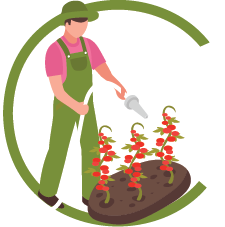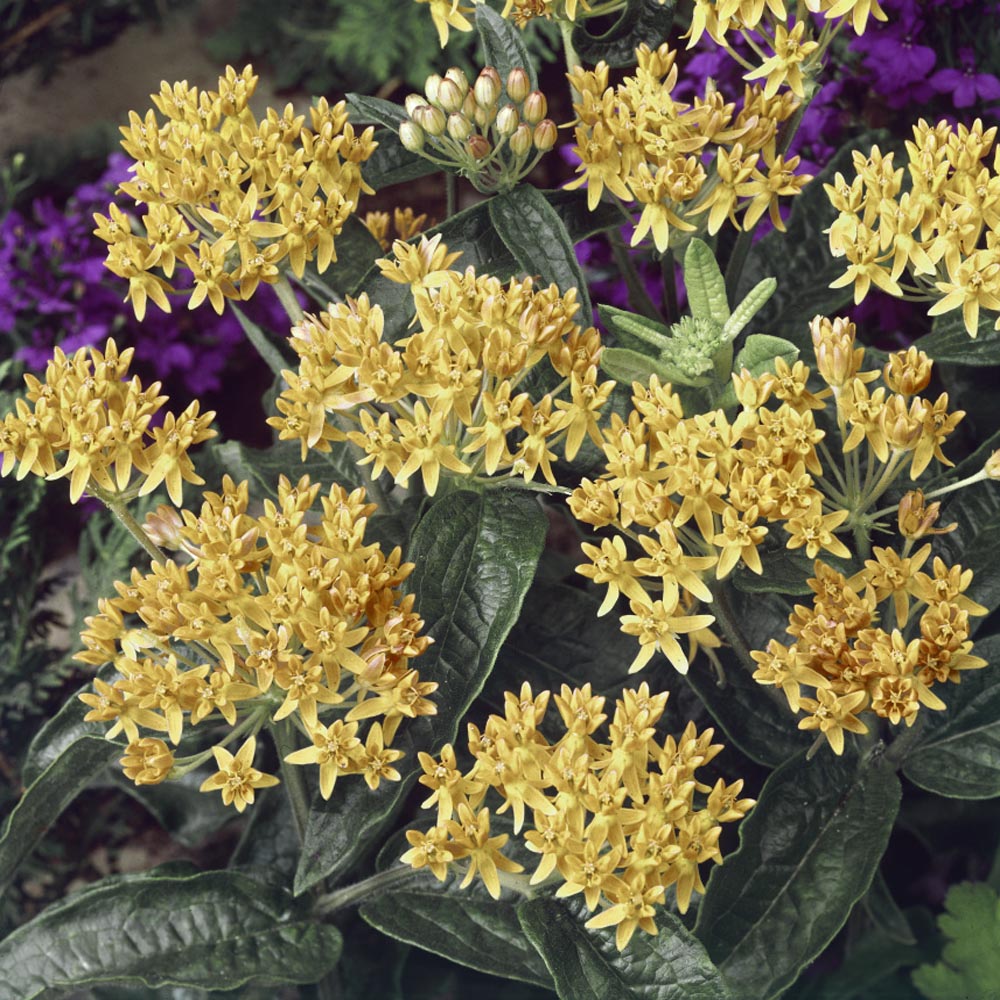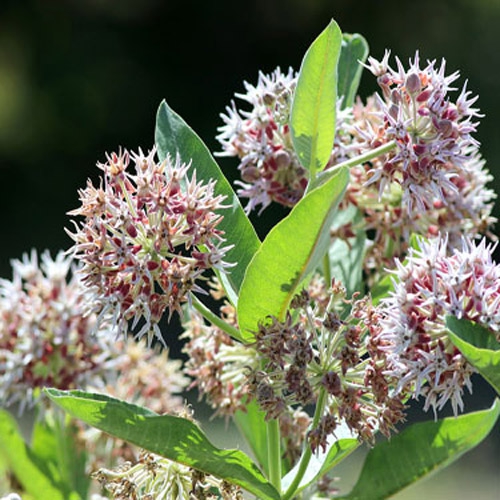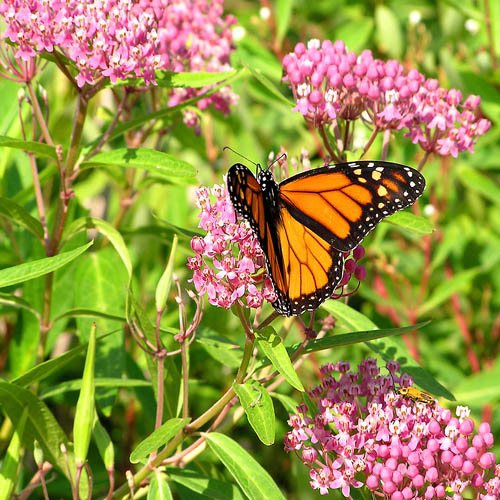
Asclepias Planting and Care Guide
Quick Facts About Asclepias
Asclepias are very attractive to pollinators and a host plant for monarch butterflies. Some of the common names are butterfly weed and milkweed. The name milkweed comes from the milky sap in the stems and leaves which can be irritating to skin and harmful to eyes. Wear gloves when handling milkweed and wash your hands thoroughly when done.
Planting Time
After a 30 day cold treatment, Asclepias seeds can be started indoors 6 - 8 weeks prior to the end of frost season or directly seeded outdoors in the fall once the ground is cold.

Planting Location
Asclepias plants prefer full sun and tolerate some light shade. The soil should drain well but be moderately moist.
How to Plant Asclepias
- For indoor planting, prepare seeds by mixing them into some damp sand and keeping the mix in the refrigerator for 30 days prior to planting in peat pots
- Press the Asclepias seeds into the soil and only lightly cover
- Keep the seeds moist and warm for germination
- Harden off the seedlings and transplant out into the garden 24 - 36 inches apart
- The roots are very sensitive, so transplant out the entire peat pot instead of disturbing the roots
- Or, in the fall, prepare a seed bed
- Once the temperatures are cool and there has been a frost or two, scatter the seeds and lightly cover
- The seeds will lie dormant until spring

Care And Maintenance
- Water regularly to establish the plant
- Mulch around the base to help combat weeds and hold in water
- Deadhead to prevent the seeds from dropping and self-sowing
- Trim the plant back in the winter to about 6 inches




































